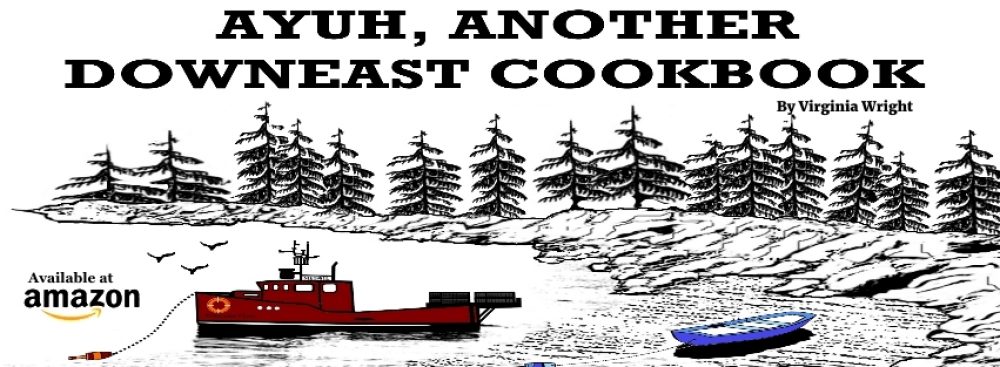 by Virginia Wright
by Virginia Wright
Remember…honeybees, bumblebees, mason bees, sweat bees, wasps, hornets, hummingbirds and butterflies, are just a few of the “thousands” of pollinators on earth; and they all have very important jobs to do. We rarely– if ever, think of the thousands of other native pollinators that are diligently working on the plants. Our “unknown pollinators” bats, moths, flies, spiders, beetles, and bugs of all sorts, are working day and night to do nature’s work. Pollinators definitely have a place and purpose in our environment. When we don’t have plants that our pollinators prefer, and we cut all the grass and don’t leave any wild flowers, and then poison all the weeds, we take away the very fodder our pollinators need! When we take away these sources, and we don’t have OUR very important pollinators– then we will only have wind pollinated plants– that is wheat, rice, and corn. Can you imagine living off of only those foods? I can’t. Help save our pollinators through, “Awareness and Education.”
For more pollinator information:
1.) http://www.davesbees.com/pollinators.html
2.) http://www.fws.gov/pollinators/
3.) http://en.wikipedia.org/wiki/Pollination
4.) Buzzzzzzzz What Honeybees Do by Virginia Wright
© VW





